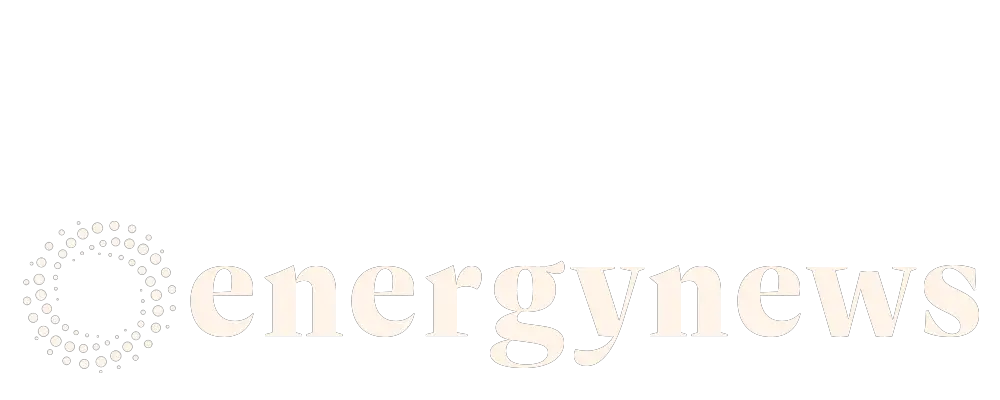For the first time, Equinor is analyzing its ripple effect. The report was made by the Bodø Science Park (KRB). The latter analyzed all of Equinor’s suppliers, as well as the actual purchases of goods and services. This analysis focuses on all fields and onshore facilities operated by Equinor between 2019 and 2021.
According to this analysis, the deliveries reach its sum of 235 billion NOK. In addition, Equinor favors Norwegian suppliers. These account for NOK 211 billion, or 90% of deliveries.
However, not everything is included in this report. For example, public revenues from the operation of Equinor are not included. The same goes for property taxes or environmental taxes. Nevertheless, the report notes that this year the company paid some NOK 180 billion to the Norwegian state.
For Kjetil Hove, Equinor’s Executive Vice President for Exploration and Production in Norway, comments on the report:
“This is the first time Equinor has conducted a ripple effect analysis of all of our operating fields on the NCS and our onshore facilities. The results confirm that major national and local ripple effects are created each year by oil and gas field operations.”
He adds:
“Our fields and onshore facilities constitute an annual market of over NOK 70 billion. The fact that Norwegian suppliers hold more than 90% of this market demonstrates the capacity, competence and competitiveness of the Norwegian industry.”
In a joint statement, the EPN employee representatives indicate their satisfaction with the study. It allows for greater transparency but also a perspective for the future.






